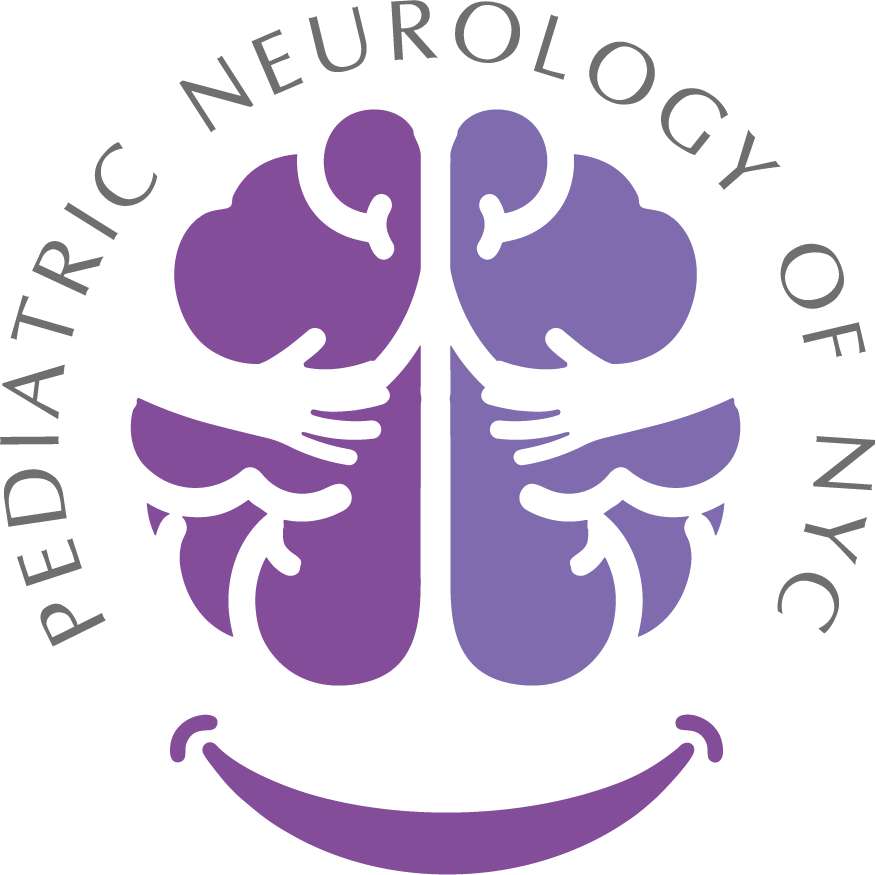Movement Disorders
Movement Disorders Treatment in NYC
Pediatric movement disorders encompass a diverse range of neurological conditions affecting a child’s ability to control their movements. These disorders can manifest as involuntary movements, abnormal postures, or difficulty with motor coordination leading to too much movement (hyperkinetic movement disorders) or too little movement (hypokinetic movement disorders).
Home » Movement Disorders
What causes Pediatric Movement Disorders
Pediatric movement disorders can arise from various etiologies. They are generally classified into two broad categories: primary and secondary movement disorders.
Primary Movement Disorders:
These are conditions where the movement problem is the primary issue. Examples include:
Cerebral Palsy:
Resulting from brain damage during or shortly after birth, this condition leads to various motor impairments. The damage disrupts normal motor development, causing spasticity, dyskinesia, or ataxia.
Dystonia:
This disorder is characterized by sustained muscle contractions and abnormal postures. Dystonia can be caused by prior brain injuries, inherited or due to genetic mutations.
Tics and Tourette Syndrome:
Tics are sudden, repetitive and stereotyped behaviors that have a premonitory urge or sensation. These are common occurrences in childhood. When tics have been present for a prolonged period, are present most days and have both motor and phonic (sound) components, tics may be diagnosed as Tourette Syndrome. Please see below for more details on tics.
Secondary Movement Disorders:
These occur due to an underlying condition or insult. Common causes include:
Neurodegenerative Diseases:
Conditions that impact how the brain functions and lead to neurologic decline like Parkinson’s disease (in adults), Huntington’s disease or others can cause motor symptoms as they progress.
Metabolic Disorders:
Certain metabolic conditions, such as Wilson’s disease, can present with movement abnormalities due to imbalances in copper or other substances in the body.
Infections and Inflammatory Conditions:
Encephalitis or autoimmune disorders can lead to movement disorders secondary to inflammation or damage in the central nervous system.
How are Movement Disorders Diagnosed?
Treatment of pediatric movement disorders is tailored to the specific condition and the severity of symptoms. Often a multidisciplinary approach to treatment is recommended with a combination of therapies and medications to best control symptoms and maximize a child’s ability to reach their potential.
Pharmacological Intervention:
Sometimes medications can help to adjust when there is too much or too little movement. Other times, a careful look at the medications a child is on may be important as some medications can induce movement disorders. While typically medications are started by mouth, there are times when medications may be injected, like botox, to help with mobility and function. These may be managed by a neurologist or physical medicine and rehabilitation physician.
Physical Therapy/Occupational Therapy and Speech Therapy:
This is crucial for improving motor function, coordination, and overall physical health. Therapists work with children to develop individualized exercise regimens and functional activities based on their symptoms, their strengths and their goals.
While there is overlap with physical therapy at times, Occupational Therapy also includes a focus on skills needed for the activities of daily living and may include sensory diets, working on spatial awareness and proprioception (where the body is in space), impulse control and other developmental and social skills. It may include adaptive techniques and the use of assistive devices.
Speech therapy can also be beneficial when movement disorders impact speech, swallowing or the ability to communicate. Speech therapy extends beyond spoken language to include social pragmatics (communicating in social settings), oromotor skills, augmentative communication devices, feeding therapies.
Cognitive Therapies:
For some conditions like tic disorder, cognitive based treatments like CBIT (cognitive behavioral intervention for tics) is first line and favored over pharmaceutical interventions.
Can Children Overcome Movement Disorders?
In summary, pediatric movement disorders are complex and multifaceted conditions requiring careful diagnosis and a personalized approach to treatment. Advances in medical research and therapeutic techniques continue to improve outcomes, enhancing the quality of life for affected children and their families. At Pediatric Neurology of NYC, we strive to connect children and their families with the treatment that will best improve their quality of life.
